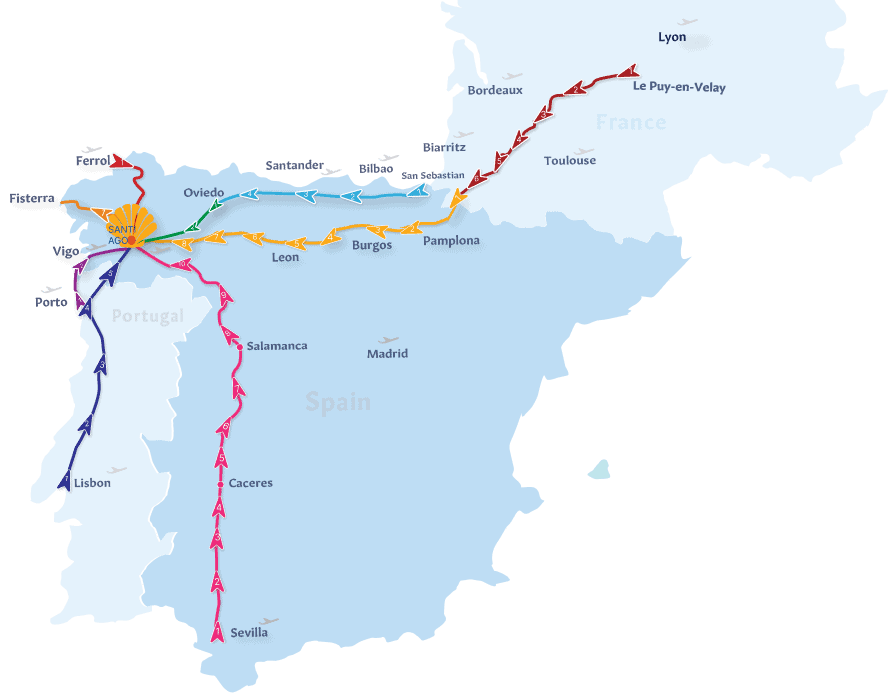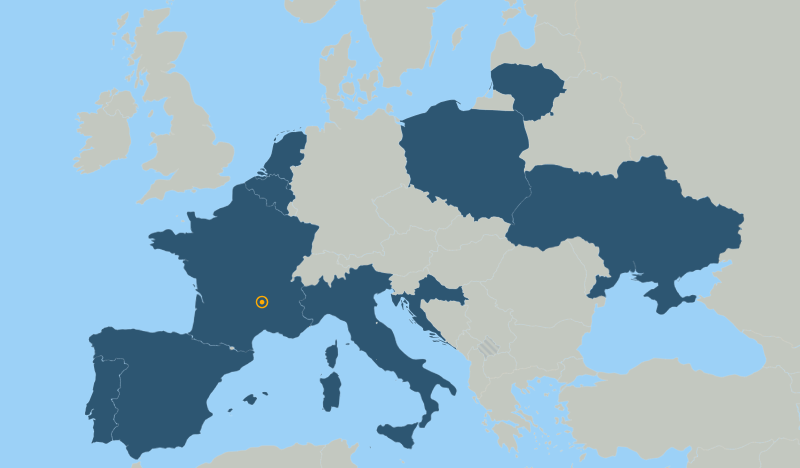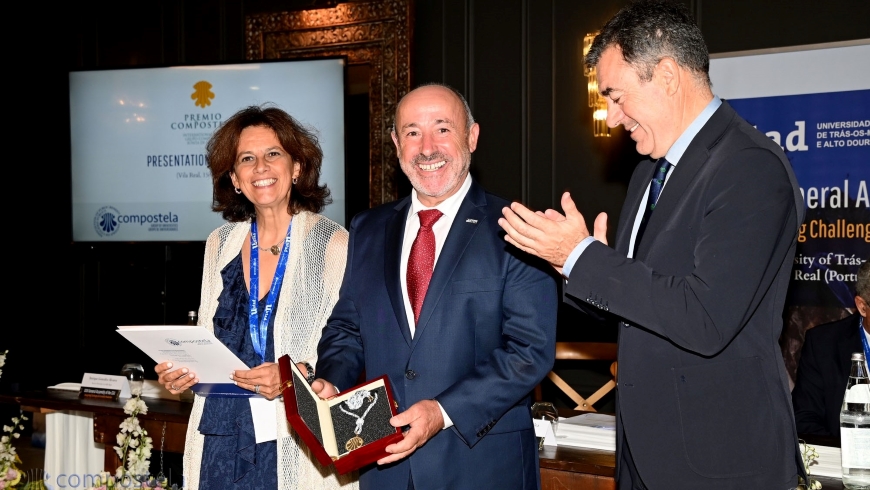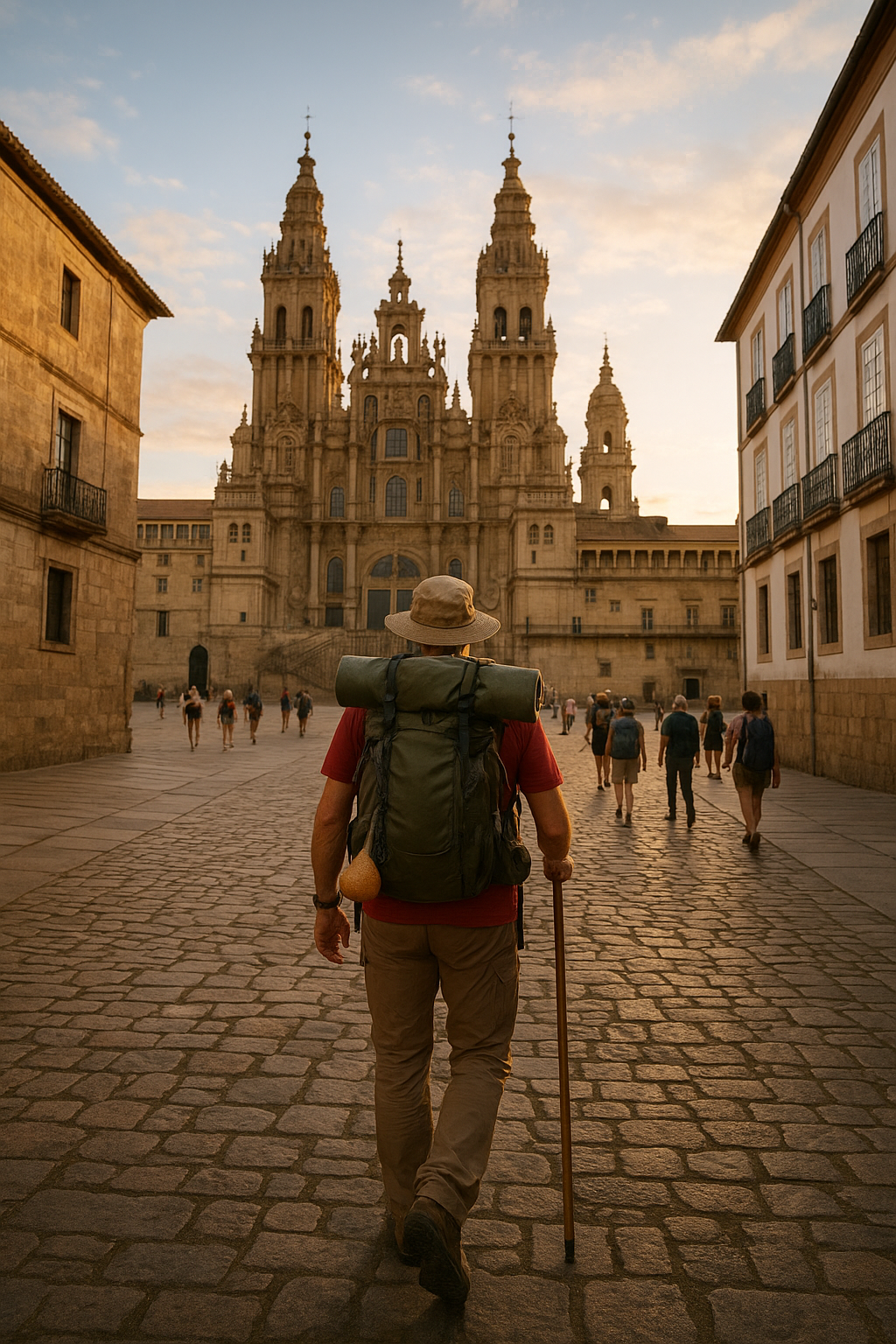On a cobbled street in Santiago de Compostela, pilgrims still arrive, their feet sore and covered in dust, after walking for weeks across mountains, plains, and borders. They carry backpacks and stories. For over a thousand years, the Camino has been a route of faith, culture, and connection.
The legend holds that St. James's remains were carried by boat from Jerusalem to northern Spain, where he was buried in what is now the city of Santiago de Compostela. Since the discovery of the supposed tomb of the saint in the 9th century, the Way of St. James became one of the most important Christian pilgrimages during the Middle Ages, as its completion guaranteed earning a plenary indulgence.
In 1987, the Camino, which encompasses several routes in Spain, France, and Portugal, was declared the first Cultural Route of the Council of Europe.

Since then, the medieval pilgrimage has grown into something much larger and more significant: a network of 'Cultural Routes' stretching across much of the continent and linking people through geography and shared memory. Today, there are more than 40 such routes, weaving together the histories of over 60 countries.
This summer, the European Institute of Cultural Routes (EICR), the agency that maintains this project, was honoured with the Grupo Compostela–Xunta de Galicia Prize. Created in 1996, this award celebrates those who defend European values and preserve cultural heritage.

The Institute itself doesn’t blaze new trails or paint waymarks on stone walls. Rather, it orchestrates the work of dozens of cultural networks: These include Viking heritage routes in Scandinavia, Mozart trails in Austria, Jewish heritage corridors in Central Europe and olive roads through the Mediterranean. The latest circuits are celebrating music, architecture, and minority cultures, offering incredible experiences in contrast to massive tourism.
Certified in 1987 as the Council of Europe's first Cultural Route, the Camino embodies what the programme hopes to replicate elsewhere: a blend of tangible heritage, such as churches, bridges and villages, and intangible traditions, such as songs, hospitality and rituals, that create a shared sense of belonging.
These are living projects, not simply tourist itineraries, in which municipalities, universities, local artisans and community groups collaborate. The Cultural Routes offer a narrative of connection across differences and shared stories that stretch beyond borders.
Now, millions walk sections of the Camino each year, many without religious intent, instead seeking the fellowship of the road. The success of the Camino led to the idea that other paths, such as trade routes, monastic networks and migratory bird trails, could also be developed as threads of European memory.

“Cultural Routes in Europe are more than paths – they are bridges between people, histories, and traditions,” said Rui Gomes, Director of the European Institute of Cultural Routes (EICR) in Vila Real, Portugal, this week. He described it as a living network that fosters intercultural dialogue, democratic values, and community engagement across the continent.
He was there to accept the prestigious XXIX International Prize Grupo Compostela–Xunta de Galicia award on behalf of the European Institute of Cultural Routes, in recognition of its outstanding contribution to European cultural cooperation and heritage preservation.
The awards ceremony took place at the University of Trás-os-Montes and Alto Douro in Vila Real during the XXXI General Assembly of the Compostela Group of Universities.
In a gesture of solidarity, the prize money will be used to support Ukraine’s participation in the Cultural Routes programme, reinforcing the Council of Europe’s commitment to inclusivity and cultural resilience in times of crisis and war.
Why it matters
At a time when Europe is grappling with the rise of nationalism, the Cultural Routes offer an alternative sense of belonging. They remind that Europe has always been a crossroads: Roman roads, monastic trails, spice routes and migration paths.

For local communities, this translates into sustainable tourism and a renewed sense of pride in their traditions. For travellers, it means scenic journeys that are also rich in history and culture. But most importantly, for Europe as a whole, the Cultural Routes show that unity is not just an abstract concept. Instead, it is something that can be walked, sung, tasted and lived.












